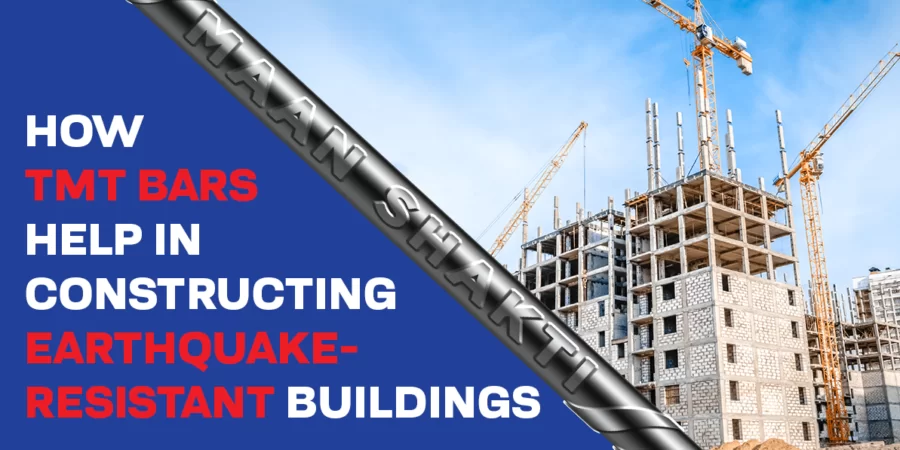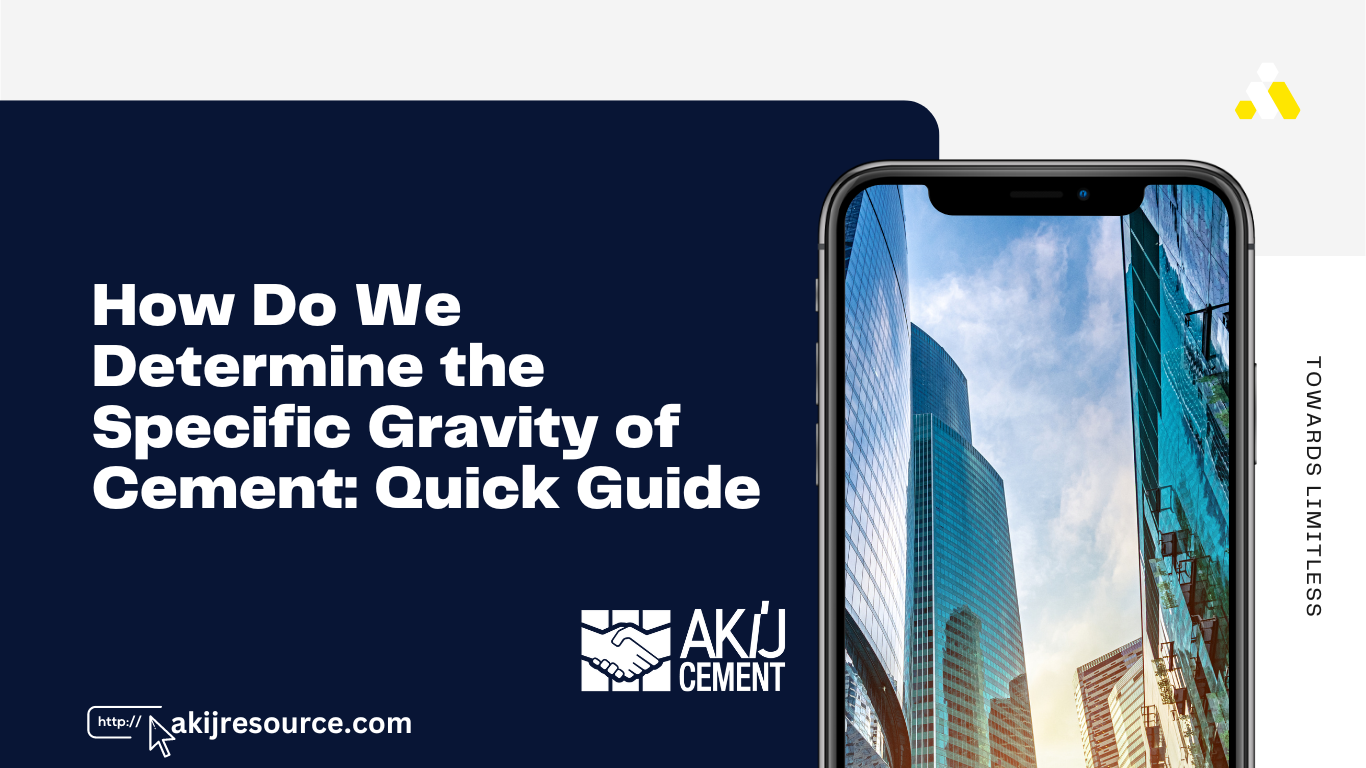TMT rebar enhances building resilience during earthquakes by improving flexibility and strength. It absorbs seismic energy, reducing structural damage. In addition, TMT rebar is known as the ultimate building rebar due to its superior performance in withstanding extreme conditions. Its high tensile strength and ductility make it an ideal choice for construction in earthquake-prone areas. With TMT rebar, buildings can be better equipped to withstand the forces of nature, providing greater safety and peace of mind for occupants.
Earthquakes pose a significant threat to buildings and infrastructure, demanding materials capable of withstanding such forces to ensure safety and durability. Thermo-Mechanically Treated (TMT) rebars have emerged as a crucial component in construction, especially in earthquake-prone areas. These rebars are engineered to offer superior ductility and strength, making structures more resistant to the stresses and strains caused by seismic activities.
TMT rebars undergo a unique manufacturing process, which includes rapid cooling after heating, thereby altering their microstructure. This process significantly increases their yield strength and toughness, key attributes that help maintain the integrity of buildings during an earthquake. By integrating TMT rebars in construction, engineers and builders can significantly enhance the earthquake resilience of structures, providing greater protection to lives and property.
TMT Rebar: The Backbone Of Seismic Resilience
TMT Rebar: The Backbone of Seismic Resilience plays a crucial role in protecting structures during earthquakes. These bars make buildings strong and flexible. They bend without breaking. This feature is vital in areas prone to earthquakes.
The Role Of Tmt Rebar In Construction
TMT rebar, or Thermo-Mechanically Treated bars, are essential in construction. They provide the strength needed for buildings to withstand the forces of nature. Their unique manufacturing process gives them superior properties compared to ordinary steel bars. This makes them the preferred choice for areas that experience earthquakes.
- Strength: They hold the structure tightly.
- Flexibility: They bend without breaking during shakes.
- Durability: They resist rust and last longer.
Properties Making Tmt Rebar Ideal For Earthquake Zones
TMT bars have unique features that make them perfect for earthquake-prone areas.
| Property | Benefit |
|---|---|
| High Tensile Strength | Supports heavy loads |
| Ductility | Allows bending without breaking |
| Corrosion Resistance | Longer lifespan of structures |
| Weldability | Easy to join and repair |
These properties make TMT rebar the foundation of seismic resilience. They ensure buildings stand firm and keep people safe during earthquakes.
Engineering Behind Tmt Rebar
Earthquakes pose a real threat to buildings. The right materials can save lives. TMT rebar is a champion in earthquake resistance. Let’s explore the engineering that makes TMT rebar so reliable in seismic zones.
The Manufacturing Process
TMT rebar manufacturing is a sophisticated process. It involves several steps:
- High-quality steel is first melted in a furnace.
- The molten steel is then cast into billets.
- These billets are further processed into rebar.
Every step ensures the rebar’s strength and flexibility.
Thermo-mechanical Treatment Explained
This treatment is what gives TMT its name. It’s a two-stage process:
- Heating: Rebar is heated to high temperatures.
- Cooling: It’s then rapidly cooled with water jets.
This creates a hard outer shell with a soft core.
| Outer Shell | Soft Core |
|---|---|
| Martensite | Ferrite-pearlite |
This dual structure absorbs energy during quakes. It prevents building collapse.
Comparative Analysis: Tmt Vs. Traditional Rebar
When it comes to building in earthquake-prone areas, choosing the right rebar is crucial. Let’s explore how TMT rebar compares to traditional rebar.
Strength And Flexibility Differences
TMT rebar, or Thermo-Mechanically Treated rebar, outperforms its traditional counterparts in both strength and flexibility. This makes it especially valuable in seismic zones. Here’s why:
- Higher yield strength: TMT bars have a stronger outer layer, thanks to a unique cooling process.
- Greater flexibility: These bars can bend without breaking, a key trait during an earthquake.
Traditional rebar, often made from plain carbon steel, lacks this advanced treatment. It can crack under extreme stress.
Longevity And Corrosion Resistance
Corrosion resistance is another area where TMT rebar shines. The manufacturing process gives TMT bars a rust-resistant coating. This extends the life of structures. Traditional rebar, however, is prone to rust when exposed to the elements, which can compromise the integrity of a building over time.
| Type of Rebar | Corrosion Resistance | Longevity |
|---|---|---|
| TMT Rebar | High | Longer |
| Traditional Rebar | Low | Shorter |
Buildings with TMT rebar can better withstand the test of time. They require less maintenance due to their enhanced durability.

Credit: maantmt.com
Case Studies: TMT Rebar In Action
When an earthquake hits, buildings face the ultimate test. TMT rebar, or Thermo-Mechanically Treated rebar, plays a crucial role. Let’s explore real-life examples where TMT rebar has proven its worth.
Post-earthquake Structural Integrity
Strong tremors shake the ground. Buildings sway. TMT rebar steps up. Its unique properties allow structures to bend without breaking. This flexibility is key in earthquake zones. It helps preserve building integrity during seismic events.
Real-world Examples Of TMT Rebar Performance
Let’s dive into instances where TMT rebar has shown resilience during earthquakes.
- Japan: Known for earthquakes, Japan uses TMT rebar widely. After the 2011 Tohoku earthquake, buildings with TMT rebar stood firm.
- Turkey: The 1999 Izmit earthquake tested Turkish structures. Those with TMT rebar fared better, with less damage reported.
- India: In the 2001 Gujarat earthquake, TMT rebar-reinforced buildings had higher survival rates. This highlighted the importance of TMT rebar in construction.
These examples underline TMT rebar’s role in maintaining safety during earthquakes. Its use is becoming a standard in seismic-prone areas. It’s a smart choice for builders who prioritize longevity and safety.
Seismic Design Principles With Tmt Rebar
Understanding how TMT rebar supports buildings during earthquakes is crucial. TMT stands for Thermo Mechanically Treated. These rebars are high-strength reinforcement bars. They have a tough outer core and a soft inner core. This is key in seismic design.
Incorporating Tmt Rebar In Modern Architecture
Modern buildings use TMT rebar to withstand seismic forces. The unique design of TMT rebar makes it bend without breaking. This flexibility is vital in an earthquake.
- Energy Absorption: TMT rebars absorb shock energy.
- Less Brittle: They are less likely to snap.
- High Tensile Strength: TMT rebars can bear heavy loads.
Ductility Requirements And Building Codes
Building codes demand ductility in earthquake-prone areas. Ductility means a material can bend without breaking. TMT rebars meet these ductility requirements.
| Feature | Importance in Seismic Design |
|---|---|
| Flexibility | Allows movement without collapse |
| Strength | Supports building weight during shakes |
| Longevity | Ensures long-term durability |
Buildings with TMT rebars comply with strict seismic codes. This means they are safer during earthquakes. TMT rebars are essential in construction today.
Installation Best Practices
Let’s talk about Installation Best Practices for TMT rebar. This helps buildings during earthquakes. We focus on two main areas. They make buildings safer.
Ensuring Proper Bonding With Concrete
To make buildings strong, TMT rebar must stick well to concrete. Here are steps to ensure this:
- Clean the rebar before use. This removes rust and dirt.
- Use spacers to keep rebar in the right place inside concrete.
- Apply binding wire to hold rebar patterns tightly.
This bond between rebar and concrete is crucial. It makes the structure solid.
Quality Control Measures During Construction
Quality is key in building. Here are steps to keep quality high:
- Test rebar and concrete strength regularly.
- Inspect rebar placement before pouring concrete.
- Ensure proper curing of concrete for strength.
These steps help maintain high quality. They make buildings safe during earthquakes.
Advancements In Tmt Rebar Technology
TMT rebar technology has transformed building construction.
These steel bars withstand strong shakes during earthquakes.
Builders rely on them for safer structures.
Let’s explore the latest innovations in this field.
Innovations In Thermo-mechanical Treatment
Thermo-mechanical treatment (TMT) is a process that makes steel bars tough.
Recent innovations in this process have led to even stronger rebars.
These rebars now have a unique combination of strength and flexibility.
- Controlled cooling – enhances the outer strength.
- Micro-alloying – adds strength without losing flexibility.
- Automated systems – ensure consistent quality.
Future Of Earthquake-resistant Materials
The future of building materials is exciting.
Scientists are working on new alloys and composite materials.
These will make buildings even safer.
| Material | Features | Benefits |
|---|---|---|
| Carbon Fiber | Light, strong | More flexible structures |
| Shape Memory Alloys | Return to original shape | Self-healing properties |
Choosing The Right Tmt Rebar
Thermo Mechanically Treated (TMT) rebars are essential in construction. They provide strength to buildings. This strength is crucial during earthquakes. Not all TMT rebars are the same. Different types suit different seismic zones.
Grades And Specifications For Different Seismic Zones
Builders must choose TMT rebars wisely. They should consider the earthquake intensity of their area. There are different grades for different zones:
- Fe 415, Fe 500 – Suitable for low seismic zones
- Fe 550, Fe 600 – Best for moderate seismic zones
- Fe 600 and above – Ideal for high-risk seismic zones
It’s important to check local building codes. They tell you the right grade for your area.
Cost-benefit Analysis For Builders
Builders should think about costs and benefits. Higher grade TMT rebars cost more. But they offer more protection during earthquakes. This can save money in the long run. It can prevent damage to the building.
| Rebar Grade | Cost | Benefit |
|---|---|---|
| Fe 415 | Lower | Basic earthquake resistance |
| Fe 500 | Moderate | Enhanced strength |
| Fe 600 | Higher | Maximum safety |
Investing in the right TMT rebar grade is a smart choice. It ensures safety and durability of structures.
Environmental Impact And Sustainability
When discussing the role of TMT rebar in construction, we must consider its environmental impact. This material is not just about strength and flexibility. Sustainability is key in today’s eco-conscious world. TMT rebar stands out for its green credentials.
Recyclability Of TMT Rebar
TMT rebar is highly recyclable. It does not lose its properties during the recycling process. This makes it a preferred choice for eco-friendly construction. Recycled rebar cuts down on waste and the need for new raw materials. It reduces the carbon footprint of buildings.
- Reduces waste in landfills
- Conserves natural resources
- Decreases energy consumption in production
TMT Rebar In Green Building Practices
Green building practices aim to minimize environmental impact. TMT rebar is essential in this. Its durability means longer-lasting structures with less repair. This leads to fewer resources used over a building’s life.
| Green Building Aspect | Contribution of TMT Rebar |
|---|---|
| Resource Efficiency | Less material needed due to high strength |
| Energy Efficiency | Lower energy in production compared to traditional steel |
| Longevity | Increases building lifespan, reducing the need for new construction |
In green buildings, TMT rebar helps earn sustainability points. It meets criteria for certifications like LEED. Builders and architects choose it for its eco-friendly properties.
How Does TMT Rebar Provide Unshakeable Strength During Earthquakes?
Tmt rebar earthquake resistance is crucial for providing unshakeable strength during seismic events. The unique manufacturing process of TMT rebar results in a strong, ductile material that can withstand the intense forces of an earthquake. This makes it an essential component in construction for ensuring structural integrity and safety.
Frequently Asked Questions
Does Rebar Help With Earthquakes?
Yes, rebar can enhance a building’s earthquake resilience by improving the tensile strength of concrete, allowing it to withstand shaking and stress better.
What Are The Advantages Of Tmt Bars?
TMT bars offer superior strength and durability for construction projects. They are resistant to corrosion, ensuring long-lasting structures. Their flexibility makes them ideal for earthquake-prone areas. TMT bars also provide cost-efficiency by reducing maintenance needs.
What Is The Benefit Of Tmt?
TMT bars enhance building strength and durability. They resist corrosion, ensuring long-lasting structures. TMT technology also offers excellent weldability and ductility, making construction safer and more efficient.
What Is The Use Of Tmt Rebars?
TMT rebars strengthen concrete structures and enhance their durability. They provide superior tensile strength, making them essential for modern construction projects.
Conclusion
Understanding the role of TMT rebar in seismic resilience is crucial for construction safety. Its unique properties, including high strength and flexibility, make it a smart choice for earthquake-prone areas. By investing in TMT rebar, builders prioritize longevity and protection, ensuring structures stand strong during seismic events.
Embracing this innovation is a step toward safer, more durable infrastructure.





















